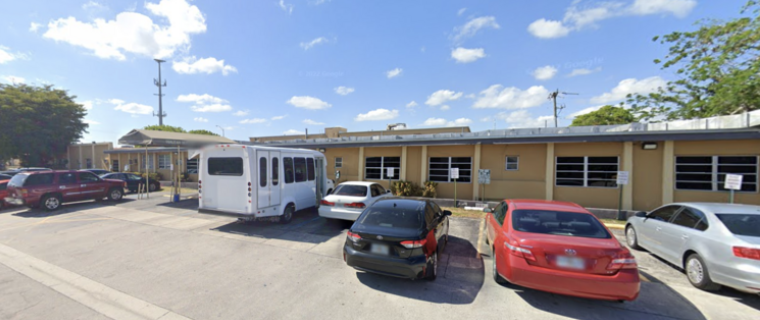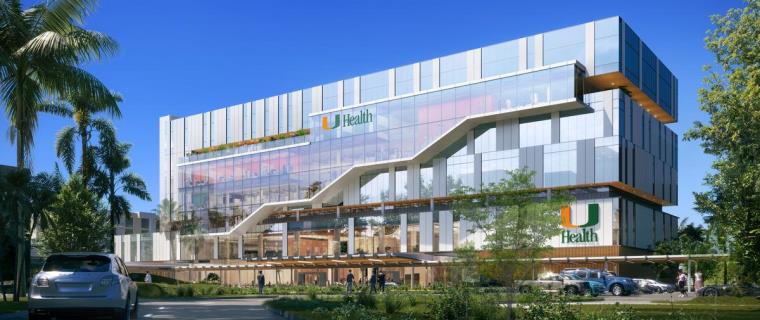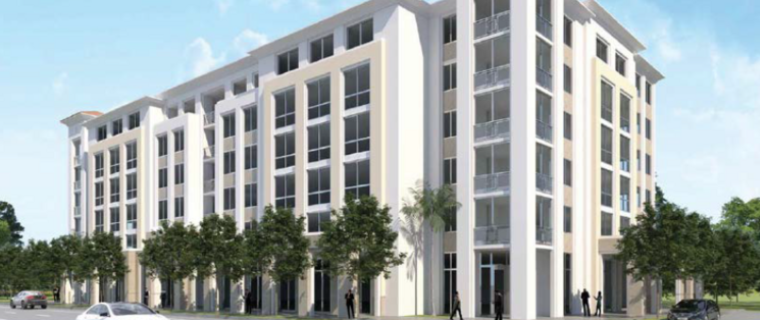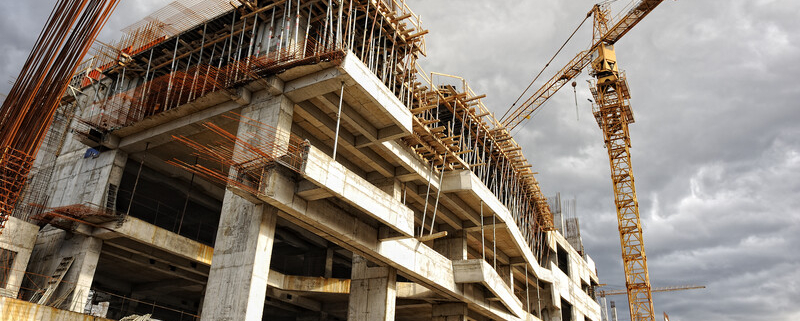An assisted living facility in Hialeah could be replaced with a larger, more modern assisted living facility.
The City Council on Sept. 13 will consider a rezoning application for 0.77 acres covering 141 W. 27th St., plus 130-160 W. 28th St. The five small apartment buildings there are owned by 140 LLC, which is owned by Abraham Shaulson, the head of Miami-based assisted living facility operator Millennium Management.
The 52,912-square-foot assisted living facility at 195 W. 27th St. is directly west of the properties with the pending rezoning and is also owned by an affiliate of Millennium Management. It was built in 1950.
Under the application, the neighboring five lots would be rezoned from “medium density residential” to “major institutions.” That would mean Millenium Management would control 2.4 acres zoned for assisted living.
Source: SFBJ





